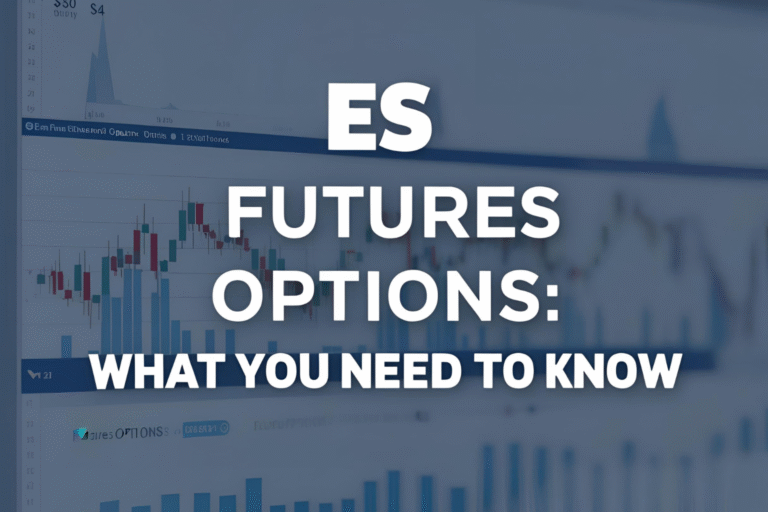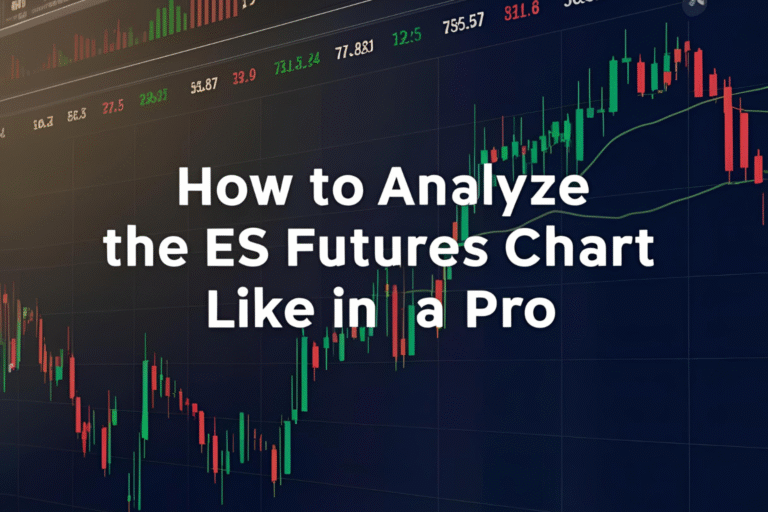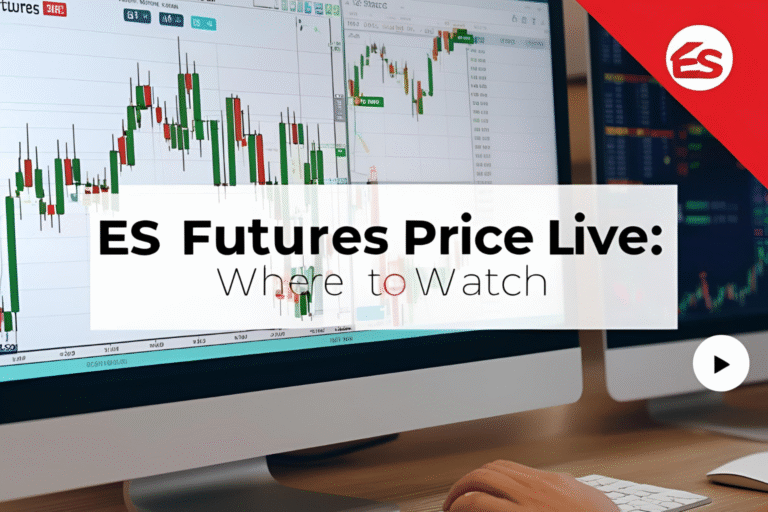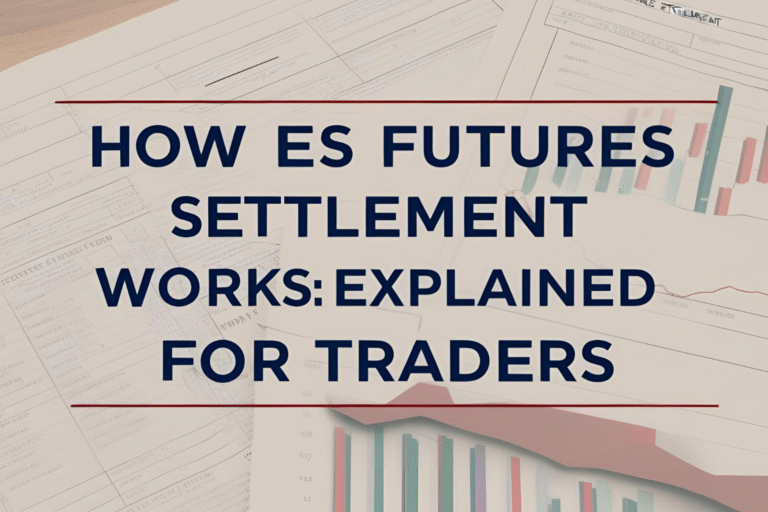ES Futures Contract Rollover Dates Explained
When trading ES futures, knowing when to roll your contracts is essential. Each ES contract has an expiration date, and active traders must shift their positions to the next month before expiry. Failing to roll in time can cause liquidity issues, unwanted settlements, or missed trading opportunities.
This post explains ES futures rollover dates, how to manage them, and the best practices for a smooth transition.
What Is a Futures Rollover?
A rollover is the process of closing a position in a soon-to-expire futures contract and opening the same position in the next active contract month.
For example:
- Closing your position in ESM25 (June 2025)
- Opening the same position in ESU25 (September 2025)
Rollover is common for traders who want to maintain their exposure without holding through contract expiration.
ES Futures Expiration Months
ES futures contracts follow a quarterly expiration cycle:
- March (H)
- June (M)
- September (U)
- December (Z)
The contracts expire on the third Friday of the expiration month. However, rollover typically happens before this to maintain trading continuity.
When to Roll Over ES Futures
Most traders roll their contracts on the Wednesday of expiration week, known as rollover Wednesday. Here’s a typical timeline:
| Month | Expiration Date (2025) | Suggested Rollover Date |
|---|---|---|
| March | March 21, 2025 | March 19, 2025 (Wed) |
| June | June 20, 2025 | June 18, 2025 (Wed) |
| Sept | September 19, 2025 | September 17, 2025 (Wed) |
| Dec | December 19, 2025 | December 17, 2025 (Wed) |
Most volume begins shifting to the new contract on these Wednesdays, which is why liquidity in the expiring contract drops quickly afterward.
How to Identify the Front-Month ES Contract
The “front month” is the contract with the highest volume and open interest. Platforms like NinjaTrader, ThinkorSwim, and TradingView automatically switch the front month symbol around rollover dates.
You can also manually check volume and open interest on CME Group or your broker platform to confirm.
How to Roll Your Position
To roll your position:
- Close your current ES position (e.g., sell June contract)
- Open a new position in the next contract month (e.g., buy September contract)
- Reapply any attached stop-loss or target orders
- For automated strategies, update your symbol/input to reflect the new contract
Some brokers offer one-click rollover functionality to simplify the process.
Why Rollover Timing Matters
Rollover timing affects:
- Liquidity: Volume shifts quickly; trading an illiquid contract can result in wider spreads
- Execution: Poor rollover timing can cause slippage and missed entries
- Chart continuity: Adjusting your chart to “continuous contracts” helps avoid visual gaps caused by expiration
Final Thoughts
Understanding ES futures rollover dates is critical for maintaining smooth trading operations. Rolling at the right time ensures you stay in the most liquid contract, avoid settlement surprises, and keep your strategies aligned with market conditions.
Add rollover dates to your trading calendar, monitor volume daily, and automate where possible to reduce rollover stress.
FAQs
1. What is the ES futures rollover date?
Typically, it’s the Wednesday before the third Friday of the contract month.
2. What happens if I don’t roll my ES position?
Your contract will expire and settle in cash, potentially impacting your strategy or margin requirements.
3. How do I know which ES contract to trade?
Trade the contract with the highest volume — usually the front month, updated around rollover week.
4. Do all platforms handle rollover automatically?
Some platforms auto-update the chart symbol, but traders must manually manage their open positions.
5. Is there a cost to rolling over?
Only regular commission/fees apply when closing and reopening contracts — no special rollover charges.




